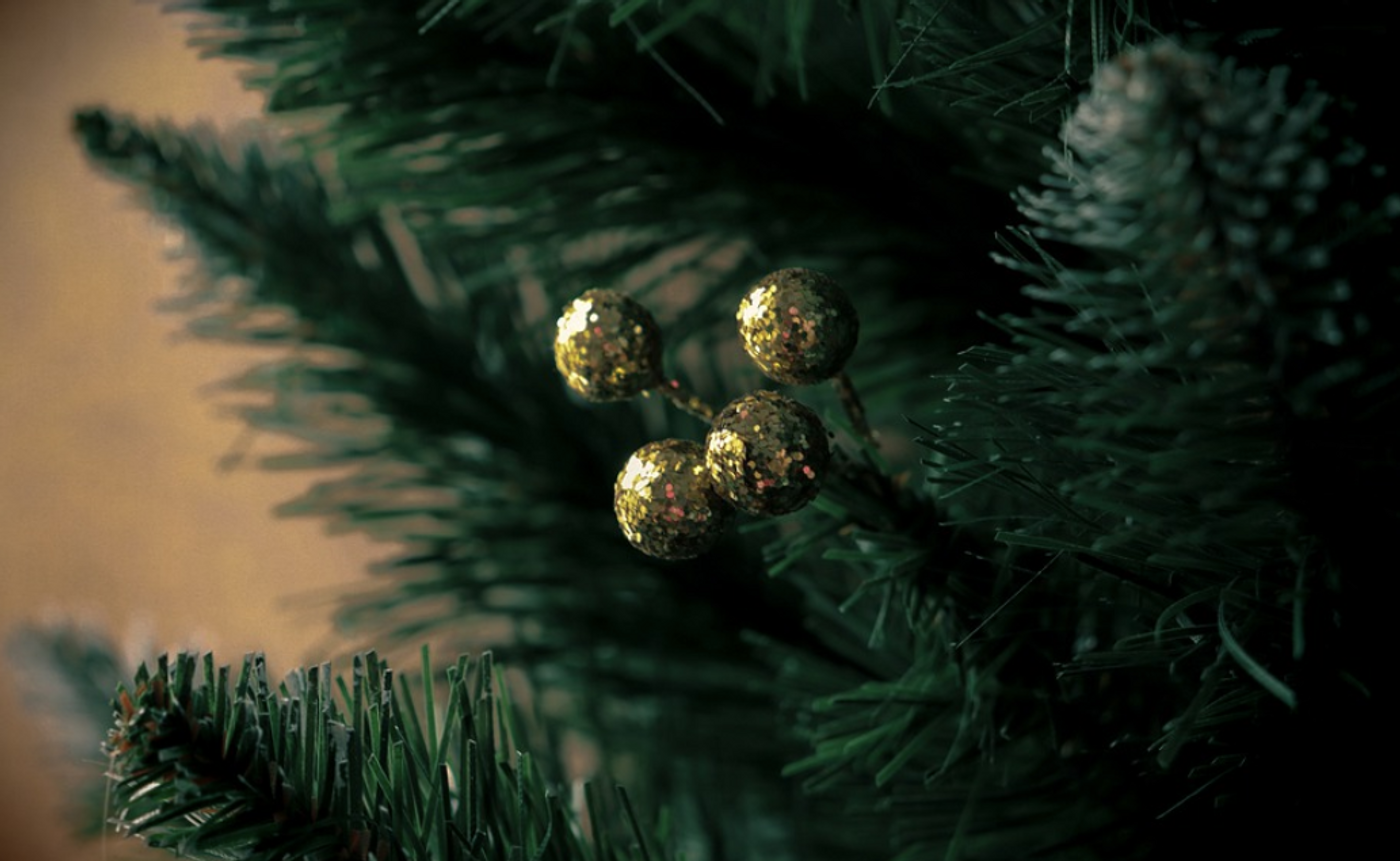What is Christmas Tree Syndrome?
Decorating a holiday tree is an essential part of the winter season for many people. But those trees can also spark a health problem called Christmas tree syndrome, which refers to a range of symptoms that are caused by allergens on live Christmas trees. Many of those trees will remain indoors for weeks, and prolonged exposure to the allergens may lead to respiratory and skin problems for some people.
Christmas tree syndrome usually causes sneezing, stuffy or runny nose, eye irritation, coughing, wheezing, or sore throat. It could also exacerbate asthma or chronic obstructive pulmonary syndrome (COPD) symptoms. It might also lead to itching, swelling, or inflammation in the skin, and can cause a worsening of contact dermatitis.
About seven percent of people who have allergies experience an increase in symptoms when a Christmas tree is present in their home.
Christmas tree syndrome might cause allergies in some people. But most allergens on Christmas trees are usually due to microbial life that resides on the trees, such as bacteria or fungi like Aspergillus, Cladosporium, or Penicillium, which generate mold.
Research has suggested that a single Christmas tree can host as many as 50 different species of mold. For the first three days a tree spends indoors, mold spore levels have been found to be as high as 800 spores per cubic meter of air. By the time the tree has been indoors and in a much warmer environment for four days, that count tends to rise and can get to 5,000 spores per cubic meter of air within only two weeks.
Pine pollen is not thought to be a major problem when it comes to Christmas trees. However, the trees are able to pick up other allergens that are then brought into the home. Grass pollen, for example, can become trapped in the sap of the tree, and then it hangs out inside.
Some of the health problems presented by Christmas tree syndrome can be mitigated: experts recommend keeping a tree well-watered, because hydrated trees are less likely to encourage fungal growth; Douglas and Fraser fir trees are thought to carry fewer allergens compared to pine or spruce trees; check your tree carefully for signs of mold before purchasing it. You can also wash your tree with a hose before you bring it inside, and use air purifiers.
While artificial trees may help reduce the likelihood of Christmas tree syndrome, they could also be just as problematic if they are stored in areas like attics or garages, where they can pick up mold, dust, or other irritants that people are then exposed to. If you want an artificial tree, that can be a great, sustainable choice as long as they are stored correctly, such as in a sealed container.
Antihistamines, allergy drops or sprays, and rash creams can help reduce symptoms too.
Sources: Ohio State University, UCLA Health









